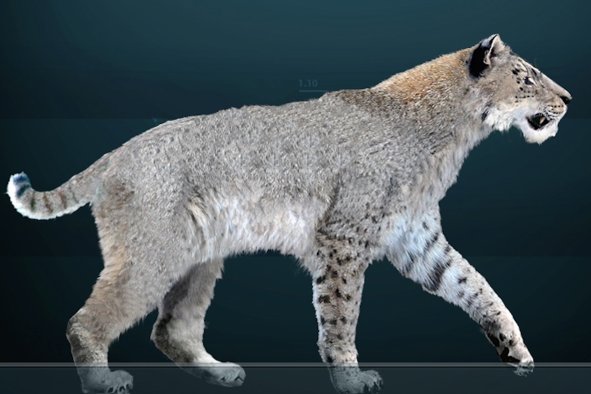Rituals intended to extend the summer during a prolonged cold period may explain the construction of a mysterious prehistoric monument found in the United Kingdom that is popularly known as "Seahenge," a researcher has proposed in a recent study.
The Bronze Age timber circle, thought to be around 4,000 years old, was discovered in 1998 on Holme Beach, Norfolk county, located on the east coast of England, after shifting sands revealed the structure.
The circle, which measured around 22 feet in diameter, consisted of an upturned tree stump surround by 55 oak posts that originally stood up to around 10 feet in height.
Realizing the significance of the find, archaeologists took the decision of removing the structure from the site in order to protect it. A project to conserve the timbers was subsequently initiated and today, around half of them, are on permanent display at a museum in Norfolk.
Dating work on the timbers has indicated that the monument was built in the spring-summer of 2049 B.C. Originally, the circle would have stood on a salt marsh away from the sea, in an area protected from the sea by sand dunes and mud flats. Peat present in this swampy area gradually covered the timbers, preventing them from decaying.
But like many other prehistoric circle monuments in Britain and Ireland, the purpose of Seahenge remains unclear, although the structure likely served some type of ritual function.
During excavations of the circle, a second related monument was discovered more than 300 feet to the east, consisting of two concentric timber circles surrounding a pit containing two oak logs. Dubbed Holme II, this larger structure yielded identical dates to Seahenge, making the pair the only known British prehistoric monuments that were apparently built together.
Previous research has suggested that Seahenge (Holme I) and Holme II may have been erected to mark the death of an individual. Other scholars have suggested that the monuments were used for sky burials where the dead would be placed inside to be eaten by scavenging, carrion-eating birds.
But in a study published in GeoJournal, researcher David Nance with the University of Aberdeen in Scotland has proposed an alternative explanation. He suggests that the two monuments were constructed during a prolonged cold period to serve as the site for rituals intended to extend the summer and bring an end to the severely cold weather.
Nance came to this conclusion after taking into the archaeological context of the site, climatic and environmental data, astronomical evidence, regional folklore and other factors.
"Dating of the Seahenge timbers showed they were felled in the spring, and it was considered most probable that these timbers were aligned with sunrise on the summer solstice," Nance said in a press release.
He added: "We know that the period in which they were constructed 4,000 years ago was a prolonged period of decreased atmospheric temperatures [with] severe winters and late springs placing these early coastal societies under stress. It seems most likely that these monuments had the common intention to end this existential threat but they had different functions."
In the case of Seahenge, Nance highlights its alignment with the sunrise on the summer solstice and suggests a possible link to a cuckoo myth from local folklore.
"Summer solstice was the date when, according to folklore, the cuckoo, symbolizing fertility, traditionally stopped singing, returned to the Otherworld and the summer went with it," he said. "The monument's form appears to imitate two supposed winter dwellings of the cuckoo remembered in folklore: a hollow tree or 'the bowers of the Otherworld' represented by the upturned oak-stump at its center."
Nance added: "This ritual is remembered in the 'myth of the pent cuckoo' where an unfledged cuckoo was placed into a thorn bush and the bird was 'walled-in' to extend the summer but it always flew away."
Do you have a tip on a science story that Newsweek should be covering? Do you have a question about archaeology? Let us know via science@newsweek.com.
Disclaimer: The copyright of this article belongs to the original author. Reposting this article is solely for the purpose of information dissemination and does not constitute any investment advice. If there is any infringement, please contact us immediately. We will make corrections or deletions as necessary. Thank you.



